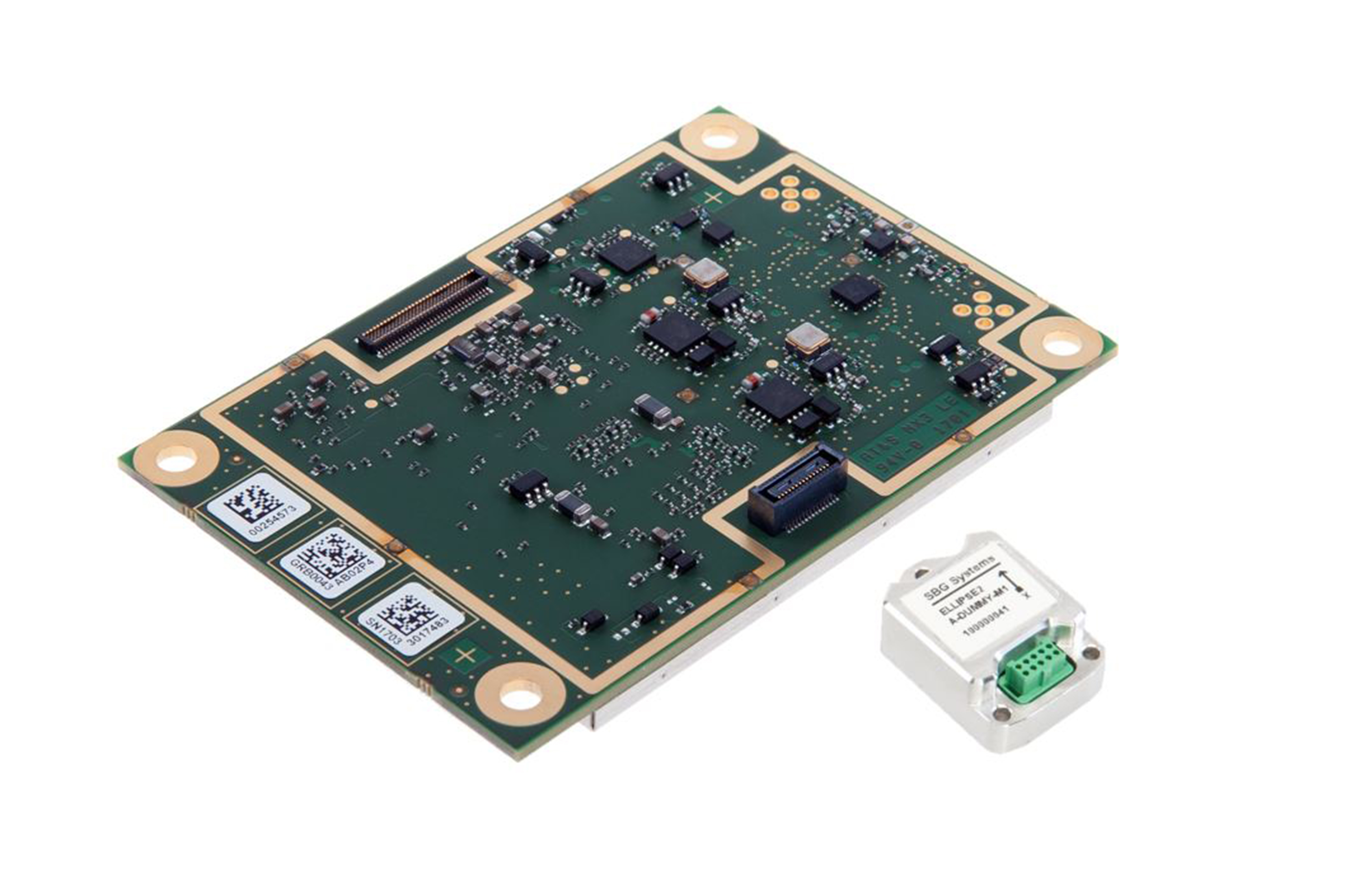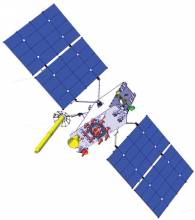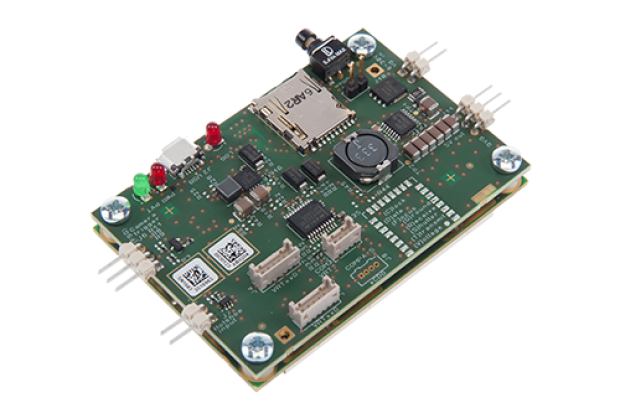
Septentrio has announced plans to release the AsteRx-m, a low-power GPS/GLONASS dual-frequency RTK receiver that is smaller than a credit card.
The new board, which will begin shipping in the third quarter of 2011, is aimed specifically at integration in handheld devices, mobile computing platforms, and other solutions requiring high accuracy combined with low power in applications where space is at a premium. The new receiver covers the functionality range from GPS-L1 only to full GPS-GLONASS L1-L2
Septentrio has announced plans to release the AsteRx-m, a low-power GPS/GLONASS dual-frequency RTK receiver that is smaller than a credit card.
The new board, which will begin shipping in the third quarter of 2011, is aimed specifically at integration in handheld devices, mobile computing platforms, and other solutions requiring high accuracy combined with low power in applications where space is at a premium. The new receiver covers the functionality range from GPS-L1 only to full GPS-GLONASS L1-L2
Handheld devices and mobile computing platforms with L1 GPS signal capability for have been around for some time, focused on such applications as geographic information system (GIS) positioning. However, according to Septentrio, users are beginning to demand higher accuracy, functionality, and robustness in their mobile GNSS-enabled devices.
Septentrio says that its AsteRx-m offers full dual-frequency GPS-only real-time kinematic (RTK) positioning capability while consuming less than 500 milliwatts, and GPS/GLONASS RTK at less than 600 milliwatts.
The AsteRx-m combines power-saving technology with Septentrio’s GReCo3 GNSS ASIC and GNSS+ suite of tracking and positioning firmware.
“Providing GPS and GLONASS L1 and L2 in a form factor previously limited to L1- only or GPS-only processing, at a power consumption that is half that of comparable platforms, [the AsteRx-m] effectively delivers twice the might for half the power,” says Peter Grognard, managing director of Septentrio.




